Stinger Cordless Rechargeable Insect Zapper Review
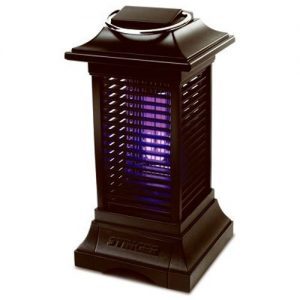 Maybe your bug zapper needs aren’t that demanding, or perhaps running a power cable to the right spot on your deck to an insect control device isn’t feasible.
Maybe your bug zapper needs aren’t that demanding, or perhaps running a power cable to the right spot on your deck to an insect control device isn’t feasible.
Everybody wants to cut the cord for the sake of convenience, but only certain people should. For people that enjoy hosting backyard gatherings often, a bug zapper that protects the entire yard is a must. Many of us don’t need that and can improvise with Citronella torches when special occasions arise. If it’s that one spot you spend the most time at that matters, your deck or stone patio, for this purpose the Stinger by Kaz is ideal.
The Stinger covers 625 sq. ft., which is approximately 25×25 ft. It’s a modest specification, but if it’s all you need and the idea of battery power appeals to you, it might be worth the tradeoff. On full charge it runs 3.5 hours. This also limits its applications. It will protect you and company while sitting outside for an after-work brew, but you’ll want another product for an outdoor blast.
The unit charges and operates while plugged-in. In a pinch you won’t be out of luck if you run out of battery power as long as electrical outlet is nearby. Recharging time is three hours. The status light is red while charging and it switches to red when it’s ready.
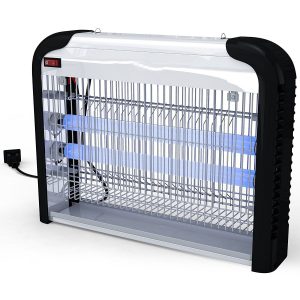 If your biggest pet peeve is getting eaten alive by mosquitoes during BBQ season, its high time to plan ahead.
If your biggest pet peeve is getting eaten alive by mosquitoes during BBQ season, its high time to plan ahead.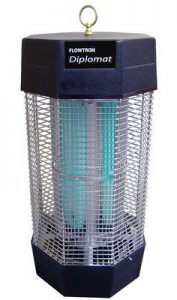 There’s nothing better than enjoying a cool beverage on the patio and admiring your own slice of nature in the backyard. If there’s one thing that sullies the experience, it’s bugs. The closer to the wild you get, the bigger, nastier and more plentiful they become.
There’s nothing better than enjoying a cool beverage on the patio and admiring your own slice of nature in the backyard. If there’s one thing that sullies the experience, it’s bugs. The closer to the wild you get, the bigger, nastier and more plentiful they become.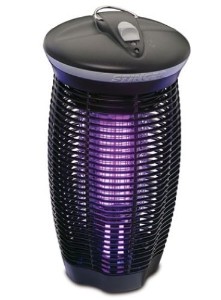 A bug zapper is a fairly simple electronic device. It isn’t a rocket ship folks. For that reason it’s surprising that so few companies can churn out a decent zapper. To get it out there from the start, a good portion of Stinger bug zappers are destined for the scrap heap. Although the UVB45 isn’t among the worst mosquito killers out there (that stuff is shockingly shoddy), picking one up a risky endeavour.
A bug zapper is a fairly simple electronic device. It isn’t a rocket ship folks. For that reason it’s surprising that so few companies can churn out a decent zapper. To get it out there from the start, a good portion of Stinger bug zappers are destined for the scrap heap. Although the UVB45 isn’t among the worst mosquito killers out there (that stuff is shockingly shoddy), picking one up a risky endeavour.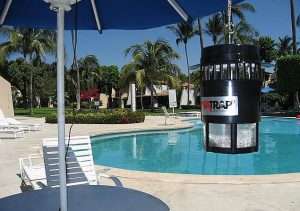 People new to the world of mosquito and bug extermination often mistake the Dynatrap for just another “bug zapper.” As the name implies, it isn’t. The DT1000 is a trapping device. It stops bugs with a totally different mentality. Think of traditional zappers (from Flowtron at least) as Rambo with a big machine gun. This device is a ninja lurking in the shadows. It kills the baddies all the same, but unlike the Flowtron you aren’t constantly reminded that an insect holocaust is underway.
People new to the world of mosquito and bug extermination often mistake the Dynatrap for just another “bug zapper.” As the name implies, it isn’t. The DT1000 is a trapping device. It stops bugs with a totally different mentality. Think of traditional zappers (from Flowtron at least) as Rambo with a big machine gun. This device is a ninja lurking in the shadows. It kills the baddies all the same, but unlike the Flowtron you aren’t constantly reminded that an insect holocaust is underway.